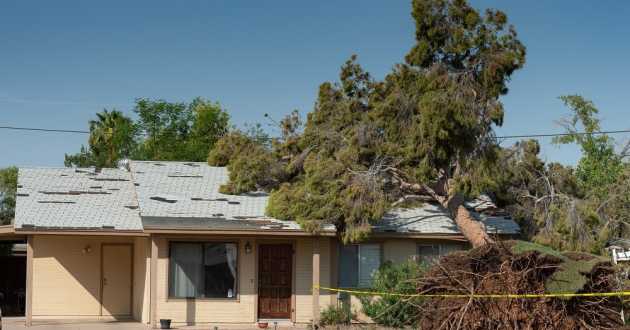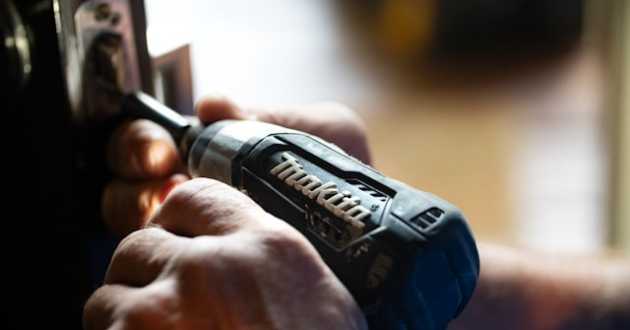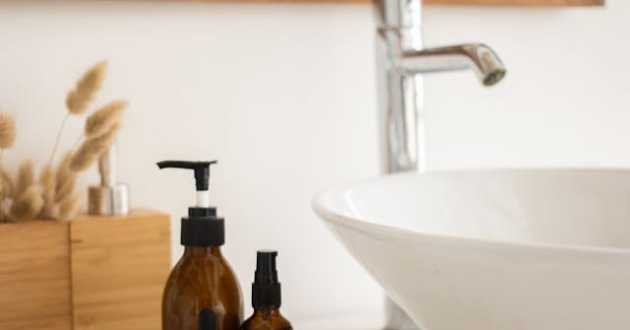The 3 Most Common Sources Of Water Damage And How To Protect Against Them
- - Category: Home Security
- - 21 Mar, 2024
- - Views: 87
- Save

Water is the source of all life, and the source of many major irritants in terms of home ownership.
Water damage can be a homeowner's worst nightmare, causing costly repairs and disruptions to daily life. Understanding the most common sources of water damage and how to protect against them is crucial for maintaining the integrity of your home. In this article, we will explore the three most common sources of water damage - plumbing, weather, and nearby water sources - and provide tips on how to prevent and repair damage caused by these issues.
Faulty Plumbing
Plumbing is one of the most common sources of water damage in homes. Leaky pipes, burst pipes, and faulty plumbing fixtures can all result in water damage. Leaky pipes can be caused by wear and tear over time, poor installation, or changes in water pressure. Burst pipes are often the result of freezing temperatures or improper insulation. To prevent plumbing-related water damage, it is important to schedule regular inspections and maintenance of your plumbing system. Repair any leaks or damage promptly to avoid more extensive issues down the line.
Inclement Weather
Weather-related water damage, such as flooding, heavy rains, or storms, can wreak havoc on a home. Flooding can occur from severe weather events or flash floods, leading to extensive damage. Heavy rains can also cause water to seep into basements or crawl spaces, resulting in mold growth and structural damage. To protect against weather-related water damage, it is important to ensure that your home is properly waterproofed. Looking at sump pumps to buy, gutter installation, and wider downspouts to redirect water away from your home can help prevent further damage. Consider investing in a drainage system to prevent water from pooling around your foundation.
Local Water Sources
Nearby water sources, such as lakes, rivers, or streams, can risk water damage to homes in flood-prone areas. Obviously, not every home will face danger from local water, as deserts and other arid regions are unlikely to have standing water in them. However, many other regions are more heavily saturated with water, making it more likely that water will flow and move rather than quickly evaporate. Rising water levels or overflowing bodies of water can lead to flooding and damage to homes. To protect against water damage from nearby water sources, it is important to be aware of your home's flood risk and take precautions to mitigate potential damage. Consider investing in flood insurance to cover any potential losses in a flood. Elevate your utilities and appliances to prevent water damage in a flood.
Water damage can be a devastating issue for homeowners, but with the right knowledge and preventative measures, it can be avoided. By understanding the most common sources of water damage - plumbing, weather, and nearby water sources - and taking steps to protect against them, you can safeguard your home against potential damage. Regular maintenance, proper insulation, and awareness of your home's flood risk are key components of preventing water damage. Remember, when it comes to water damage, prevention is always better than cure. Stay informed, stay proactive, and protect your home from water damage.



